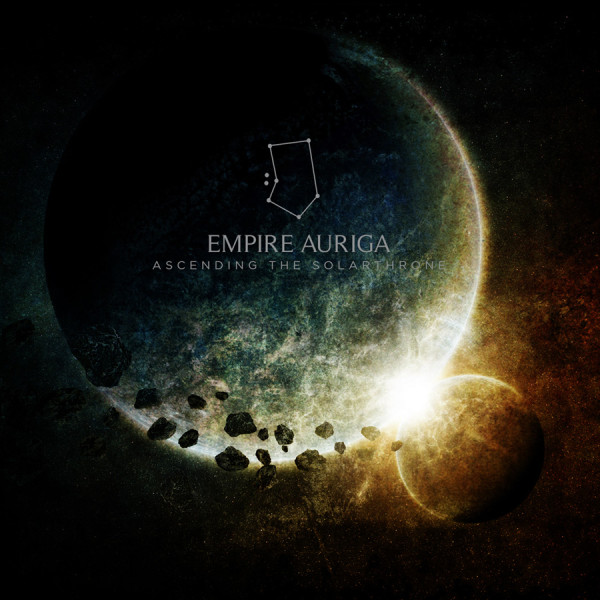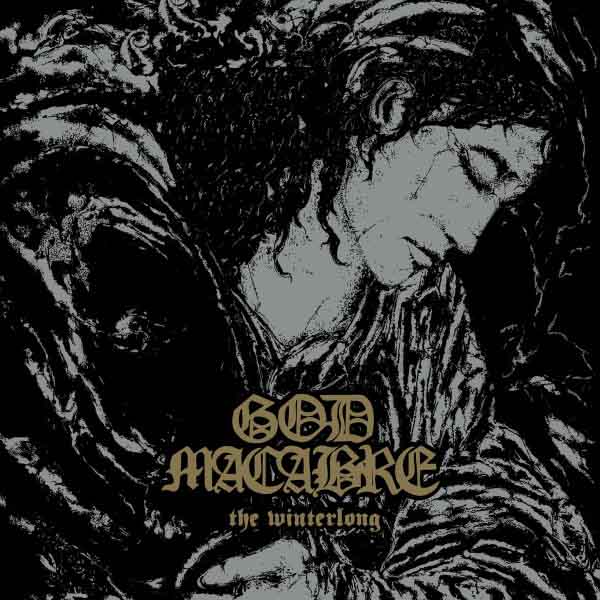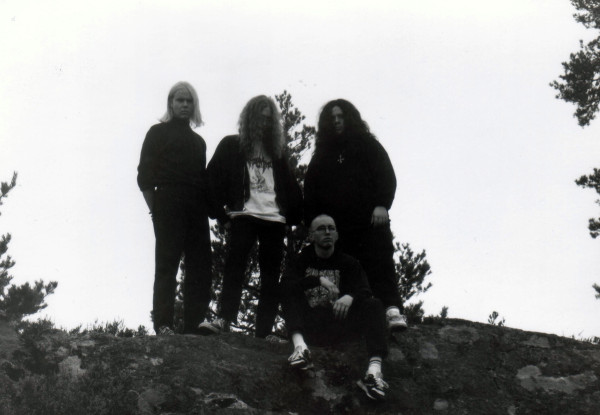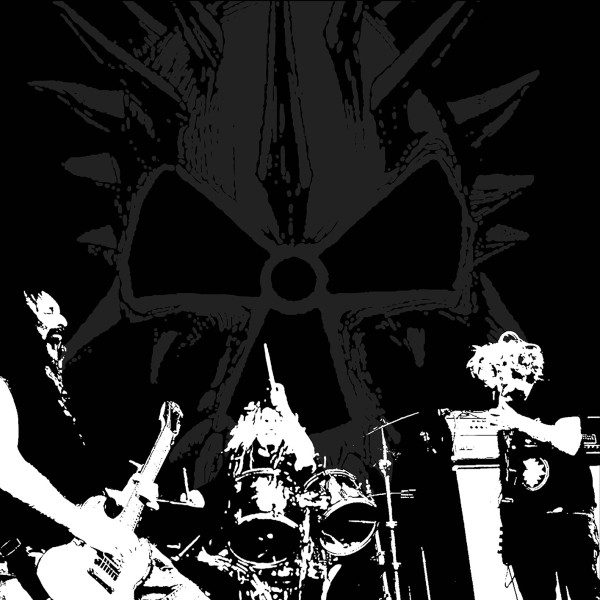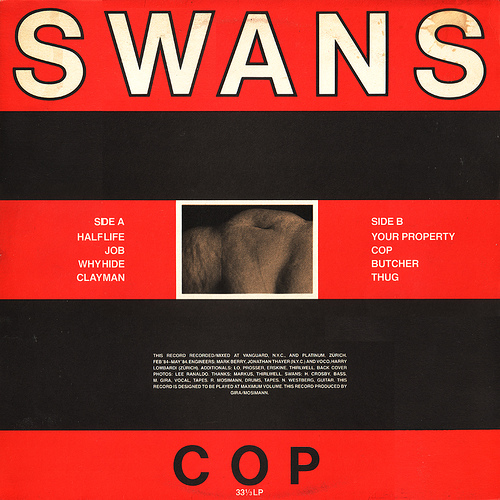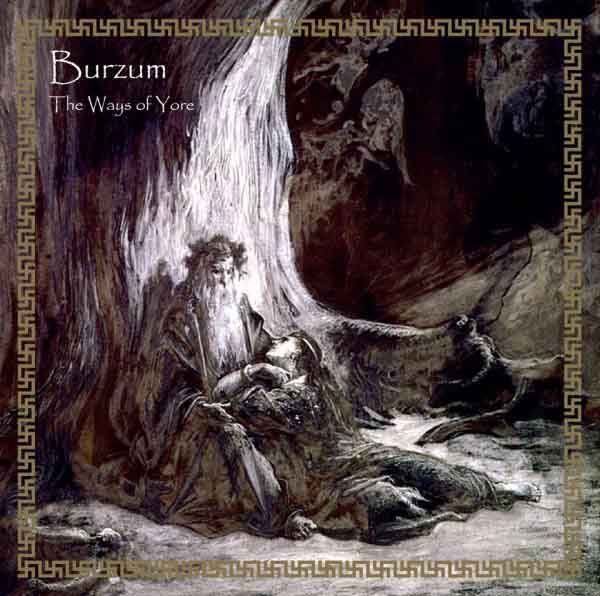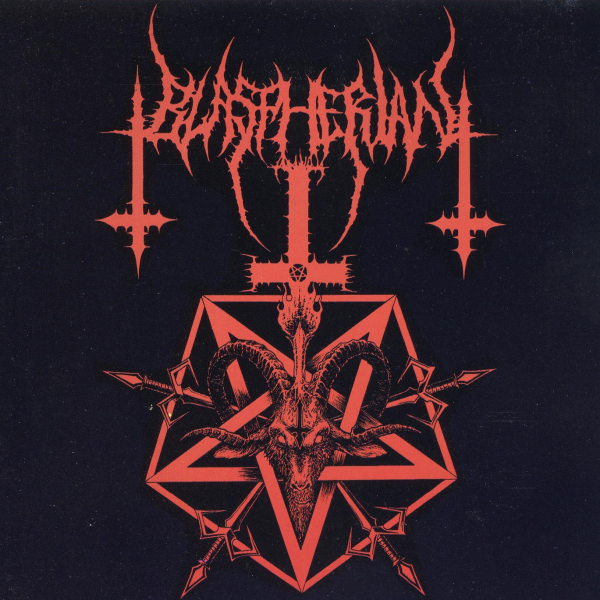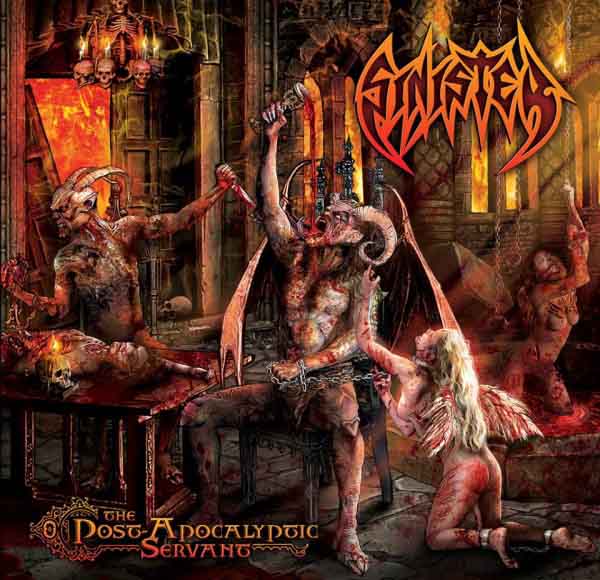American ambient-metal band Empire Auriga’s second album Ascending the Solar Throne expands the style pioneered by Burzum through the “Decrepitude” I& II tracks from “anti-black metal” album Filosofem. Ascending the Solar Throne comprises songs that are cold, distant, and simplistic. These spacious compositions rely on the repetition of arpeggiated guitars providing a base for reverb-drenched and piercing treble guitars to shine through, along with an anguished yet faint vocal accompaniment. Although the band forgoes the use of percussion entirely, tempi are regular and recursive song segments are identifiable. Synths or heavy guitar effects lightly sprinkle the mix almost as decoration, enhancing the presentation of the album but not interfering with its texture.
Expressing the desolation of technological existence, Empire Auriga weaves a journey through an inner experience of an individual separated from the external world of perception through pain, before coming to rest in a more peaceful place. Gradually moving from aggressive and dissonant chords in the beginning towards a calmer and safer mild major key conclusion, Ascending the Solar Throne is unfortunately unable to complete the journey which is hinted at in the opening tracks. Instead of turning the nihilism present into existential achievement, the album instead retreats into the safe and vacuous womb which afflicts most post-modern music.
Rather than confronting the question of one’s existence directly, as Filosofem did so elegantly, the choice instead is made to ignore it. This disappointment aside, Ascending the Solar Throne is an interesting album which attempts something rare in contemporary music: an artistic voyage. For that reason, it deserves consideration and acknowledgment where it succeeds, but ultimately the listener will be left slightly hollow and bereft.
Ascending the Solar Throne will be released on August 19th via Moribund Records.
5 Comments